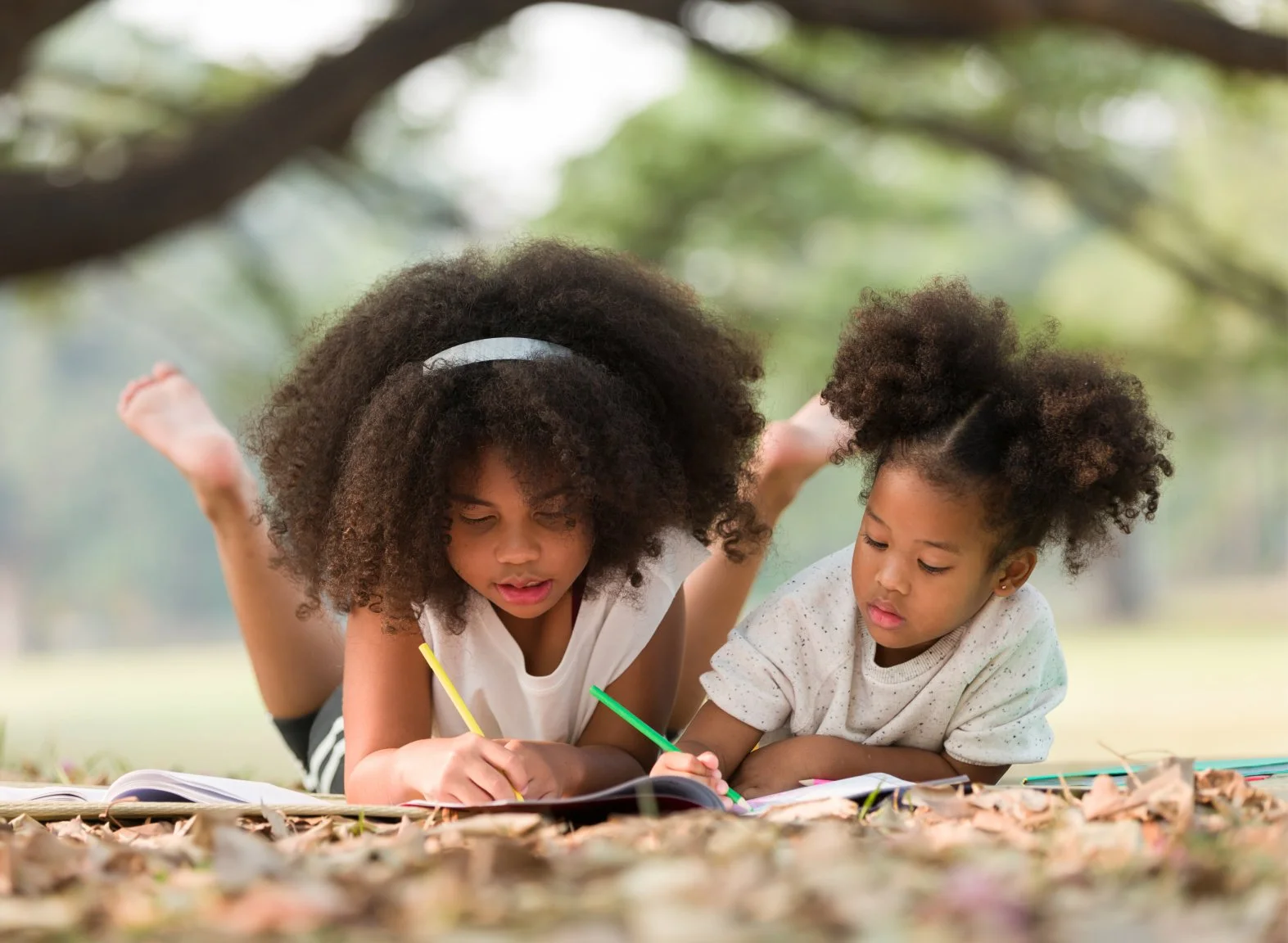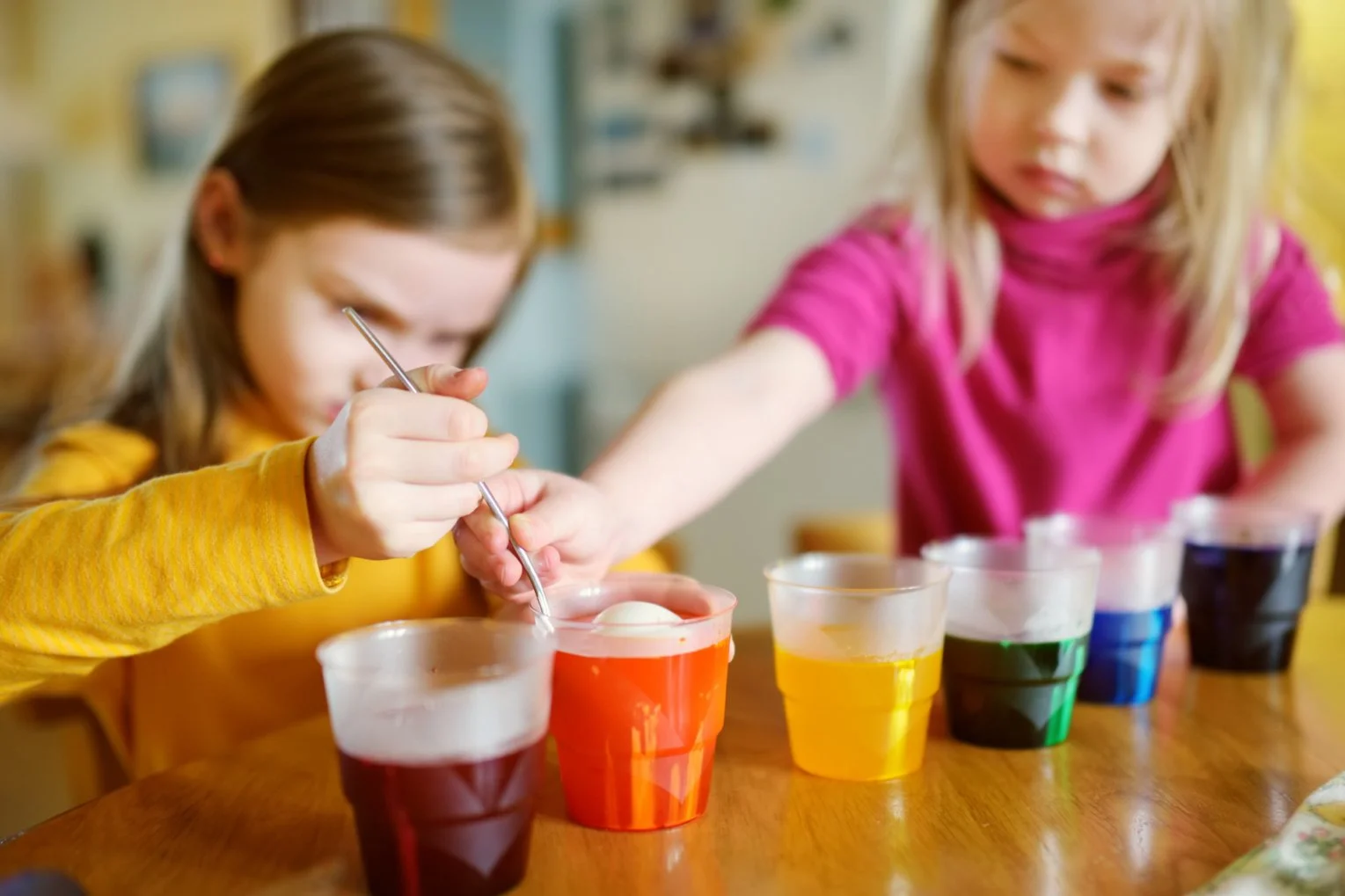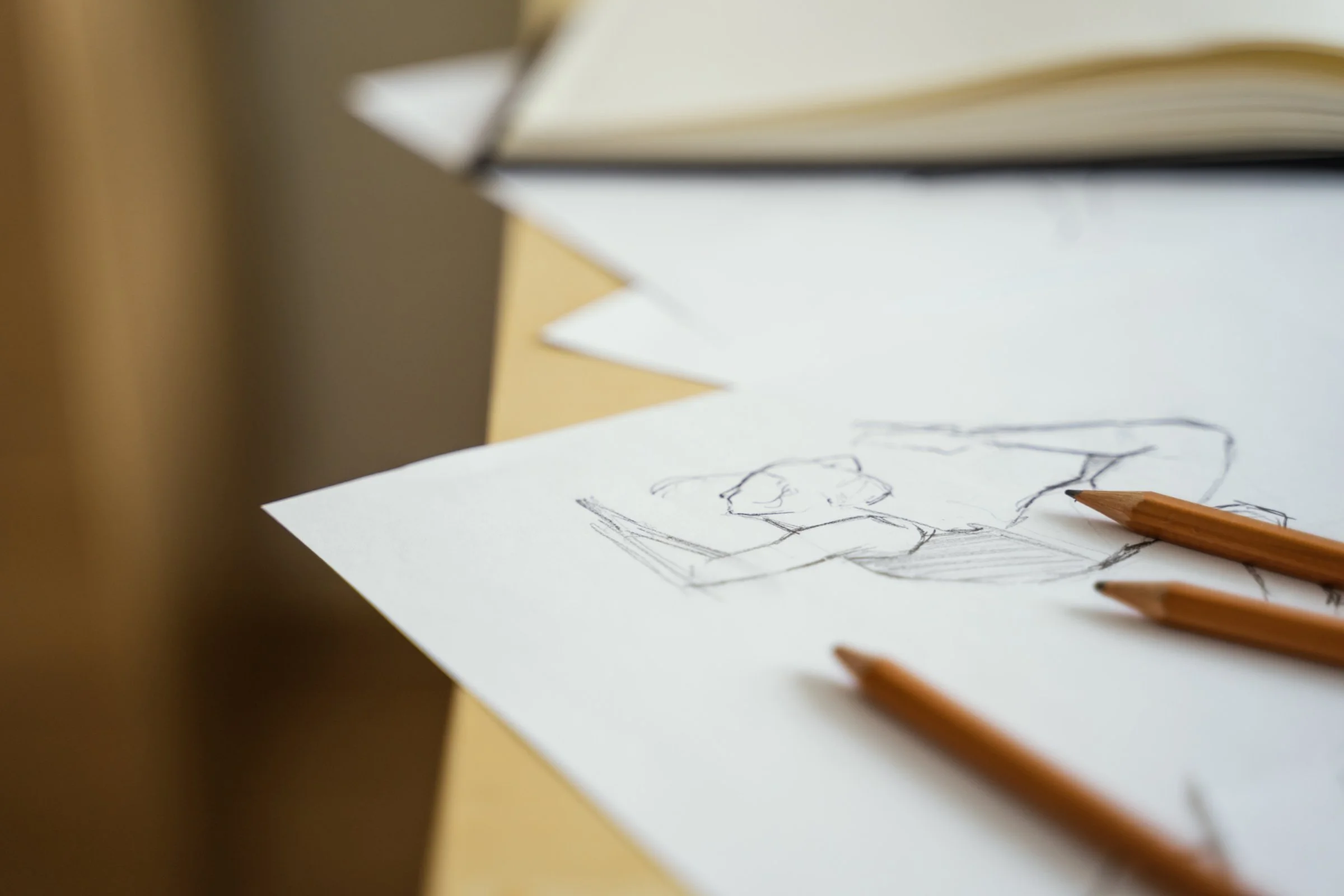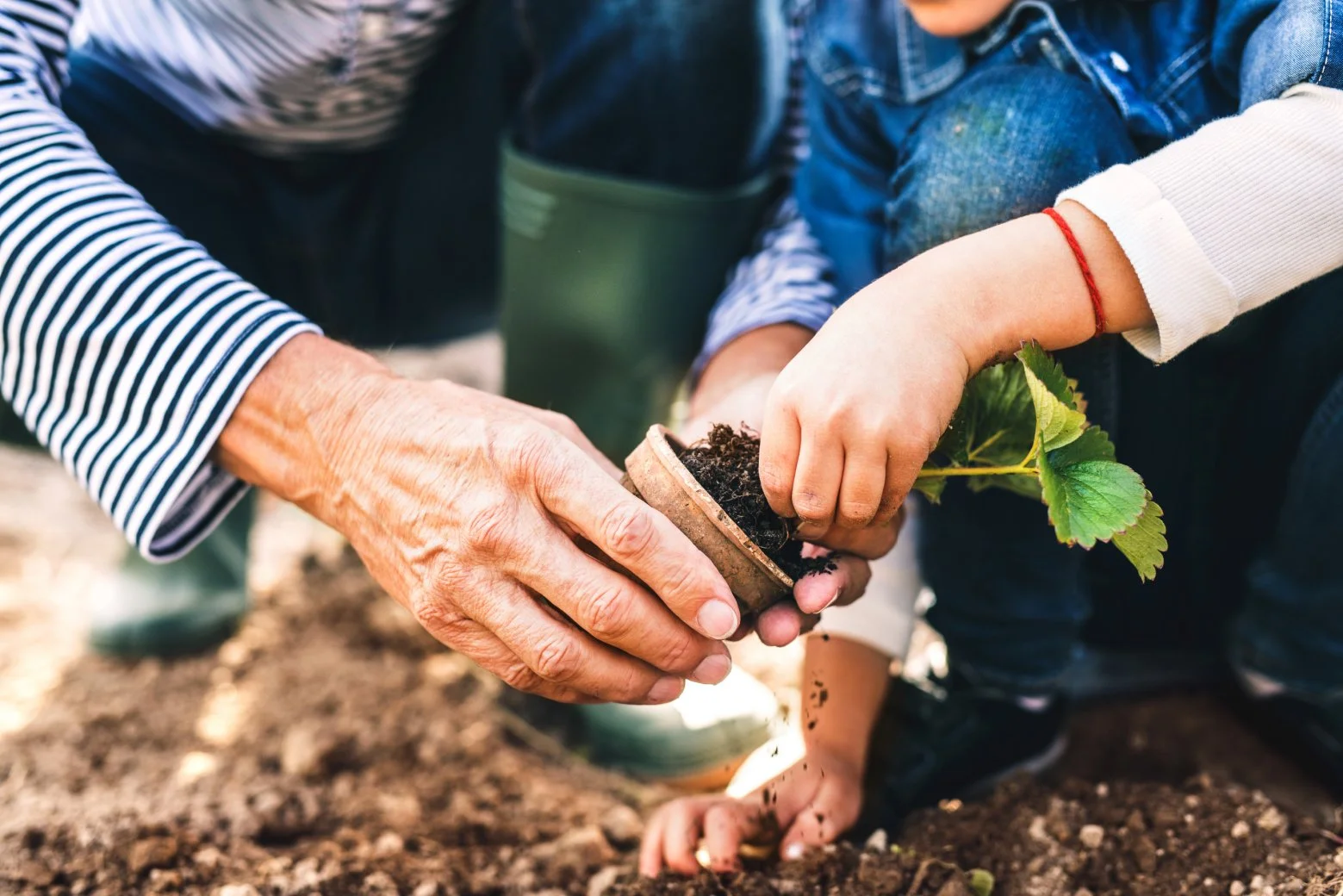Nature Journaling in Fifth Grade: More Than Just a Drawing Lesson
In Waldorf Education, science is taught by doing and observing!
In Waldorf education, fifth grade marks a special shift - one where science becomes more focused, more intentional.
Beginning with Botany in the fifth grade and progressing to Physics, Chemistry, Geology, Anatomy, and more in the later years, students are invited into the world of science not through textbooks or lectures, but through phenomenology—an approach that begins with observation and lived experience.
In practical terms, this means students are encouraged to experience scientific phenomena directly, often through demonstrations or hands-on activities, and then draw their own conclusions. No memorizing facts just to regurgitate them—this is science experienced through the senses.
One of the most beloved activities in the fifth-grade Botany block is something called Nature Sketching (sometimes also called Nature Journaling). It’s simple on the surface: students take their colored pencils, etc. and sketchbooks outdoors, find one subject that captures their attention - a flower, a leaf, even a curled root peeking out of the earth - and spend time carefully observing and drawing it.
But here’s the thing: it’s not about the drawing. Not really.
Nature sketching provides a moment of quiet in a busy, fast world.
Sure, students are encouraged to draw what they see with care - matching color, texture, shape, position - but the true goal is deeper. We’re helping them learn to slow down, to really look, and to begin noticing the small details that might otherwise go unseen.
What does the flower smell like? What’s its texture? How many petals? What’s the light doing at that time of day?
This moment of quiet, focused attention is a rare gift in our fast-paced world. And it turns out, it’s doing more than just building observation skills. Nature journaling also introduces two incredibly important ways of thinking that scientists and artists alike rely on: distributed cognition and metacognition.
Let’s unpack those.
Distributed cognition is a fancy way of saying: sometimes, our brains need a little help keeping track of everything. That’s why we use things like calendars, grocery lists, or calculators - they’re all tools that “share the load” of thinking. In the same way, a nature journal becomes a thinking partner. Instead of trying to remember every detail of a flower or the texture of a leaf, the student writes it down or draws it. Their journal becomes an extension of their memory and attention - just like a scientist’s field notebook.
And then there’s metacognition - thinking about our thinking. As John Muir Laws puts it, “Thinking about our thinking helps us think better.” When students go back and review their nature sketches and notes, they’re not just remembering what they saw; they’re also reflecting on how they observed, what they were curious about, and how their perspective might have changed. That’s metacognition in action - and it’s a powerful habit to develop.
Nature sketching is a multi-faceted, powerful tool.
What’s more, the simple act of nature sketching engages a whole web of skills: fine motor skills, attention to detail, language arts (through labeling, note-taking, or journaling), even basic quantitative skills like counting, measuring, and comparing. And every time a student tries something new - maybe they’ve never blended colored pencils to show shading before, or never really paid attention to the shape of a leaf - their brain is making new connections. That’s neuroplasticity at work: the brain growing and adapting through experience.
So while it may look like just a quiet moment with paper and pencil out in the garden or forest, Nature Journaling is a deceptively powerful tool - one that builds scientific thinking, strengthens artistic observation, supports language and reflection, and even grows the brain itself!
And best of all? It invites the student into a lifelong relationship with the natural world - one quiet sketch at a time. And what our students learn to love, they will strive to protect.
More from Waldorfish:
About the Authors
Robyn Beaufoy is Waldorfish’s CEO, and also a course instructor for Simple Season, Waldorf Art for Beginners, and Weekly Art Foundations. You’ll find her intuitive touches and influences throughout everything Waldorfish offers. Robyn has been in the world of education for over 25 years, with an MA in Education and a certification in Waldorf teaching - she also homeschooled both of her children for some of that time. In 2012 Robyn co-founded Waldorfish.com, creating it with the vision of making Waldorf inspired-art and pedagogy more accessible, joyful, and doable for homeschoolers all over the world.
Caitlin Amajor is Waldorfish’s course instructor for Geometry grades 5 & 6, Botany, and Geology, as well as our Administrative Assistant. From a young age, Caitlin has been immersed in Waldorf education, attending a Waldorf school from K-8. After receiving a BA in History, Caitlin gained her certification in Waldorf teaching, and spent seven years as a Waldorf class teacher in the upper grades. With a special fondness for watercolor painting and geometry, Caitlin loves bringing Waldorf education to her students all over the world, and seeing their own individuality and style bloom from the curriculum!













